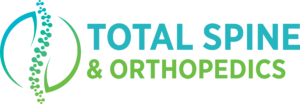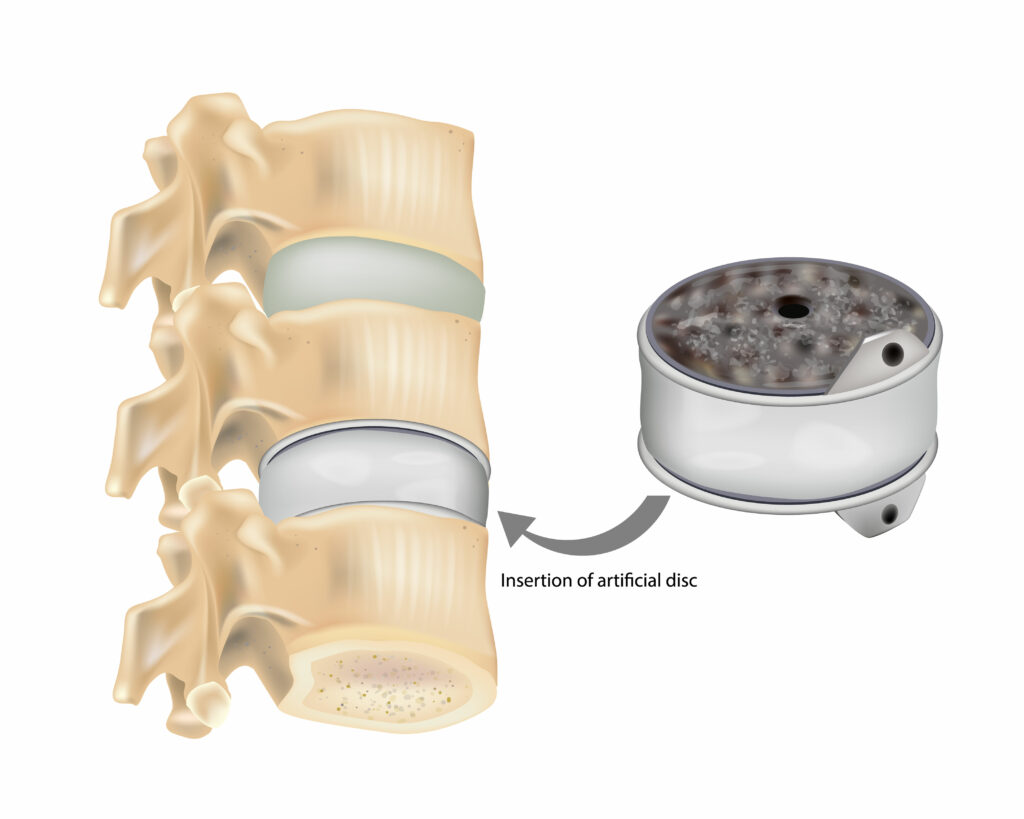
Chronic lower back pain affects millions globally, significantly diminishing their quality of life. Traditional treatments often involve medication, physical therapy, or invasive surgeries like spinal fusion. However, Lumbar Disc Replacement has developed as a groundbreaking minimally invasive alternative, offering a viable pathway to improved mobility and pain relief.
Lumbar Disc Replacement is an advanced surgical procedure designed to replace a damaged or diseased disc in the lower spine with an artificial one. Unlike spinal fusion, which eliminates motion at the problematic segment, disc replacement aims to maintain or restore spine mobility. The artificial discs used mimic the form and function of natural spinal discs, potentially offering greater range of motion and quicker recovery times.

Candidates for Lumbar Disc Replacement typically suffer from chronic lower back pain due to degenerative disc disease that hasn't responded to conservative treatment methods. Ideal candidates should not have significant spinal instability or deformity. A thorough evaluation by a spine specialist is crucial to determine suitability, focusing on medical history, physical examination, and diagnostic imaging.
Preparation involves comprehensive medical evaluations to assess overall health and identify any factors that could influence surgery outcomes. Patients may need to adjust medications, cease smoking, and improve physical fitness to support recovery. Pre-operative consultations offer a roadmap of the surgery, highlighting expectations, risks, and the recovery process.
Patients with the following conditions may be a potential candidate, but this list is not exhaustive. Consult with a trained physician to determine if your condition can be treated with an artificial disc:
The procedure typically begins with the patient under general anesthesia. Surgeons make an incision, usually anteriorly (through the abdomen), to access the spine with minimal disruption to the surrounding musculature. The damaged disc is removed, and an artificial disc is inserted into the vacated space. The type of artificial disc used depends on the patient's specific condition and anatomy.
Recovery starts immediately after surgery, with patients encouraged to walk as soon as they are able. Hospital stays vary but are typically short, and can even be performed outpatient in many cases. Rehabilitation programs, including physical therapy, are crucial for strengthening the back and supporting structures, with full recovery and return to normal activities expected within weeks to months, depending on individual progress.
While Lumbar Disc Replacement is generally safe, it carries risks like any major surgery. Potential complications include infection, nerve damage, and issues related to the artificial disc itself, such as dislocation or wear over time. Surgeons discuss these risks in detail, ensuring patients make informed decisions.
Many patients report significant improvements in pain and mobility post-surgery. It's vital to maintain a healthy lifestyle, incorporating regular exercise and ergonomics to support the longevity of the artificial disc. Follow-up visits are essential to monitor recovery and address any concerns.
Selecting a surgeon with extensive experience and expertise in Lumbar Disc Replacement is paramount. Research their credentials, ask about their experience with the procedure, and consider patient testimonials to gauge satisfaction levels.
Lumbar Disc Replacement represents a significant advancement in the treatment of chronic lower back pain. By understanding the procedure, potential candidates can better navigate their options, armed with the knowledge to pursue a path toward pain relief and improved quality of life.
If you're suffering from chronic lower back pain and seeking alternatives to traditional treatments, Lumbar Disc Replacement might be right for you. Contact us today to schedule a consultation and take the first step toward a life free of back pain.

Melbourne: 709 S Harbor City Blvd, Ste 110, Melbourne, FL 32901
Orlando: 9145 Narcoossee Rd, Ste A200, Orlando FL 32827
Titusville: 494 N Washington Ave, Titusville, FL 32796
Our Hours: Monday - Friday 8:00 AM to 5:00 PM
Copyright © Total Spine and Orthopedics - Icons From FlatIcon